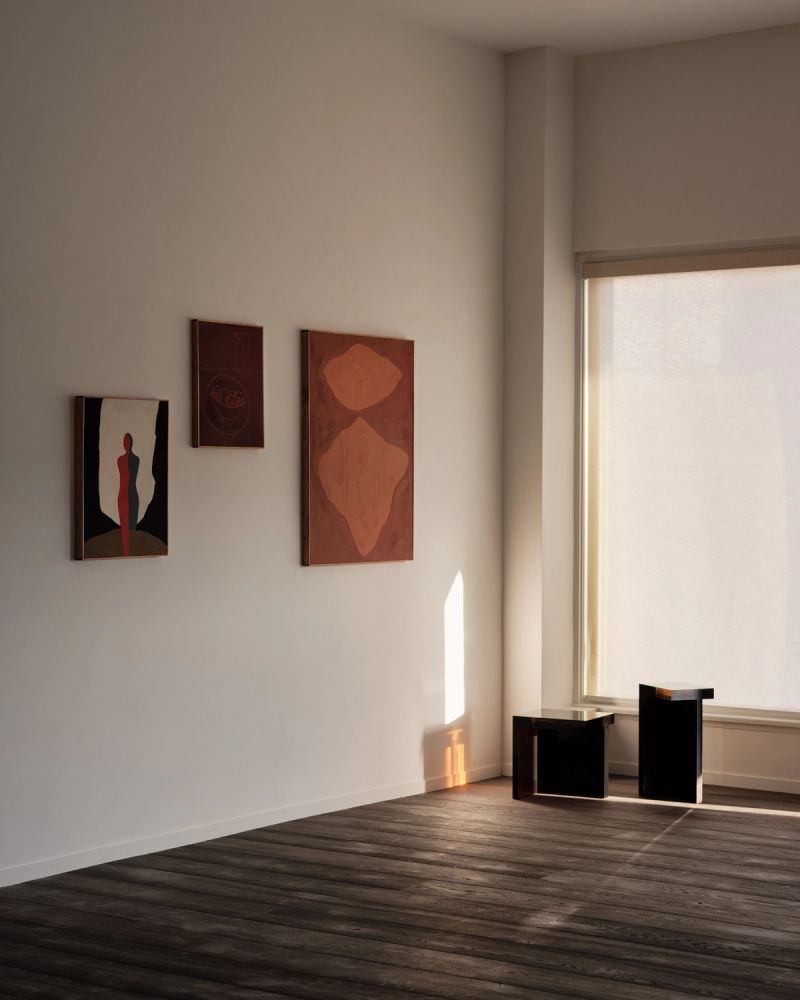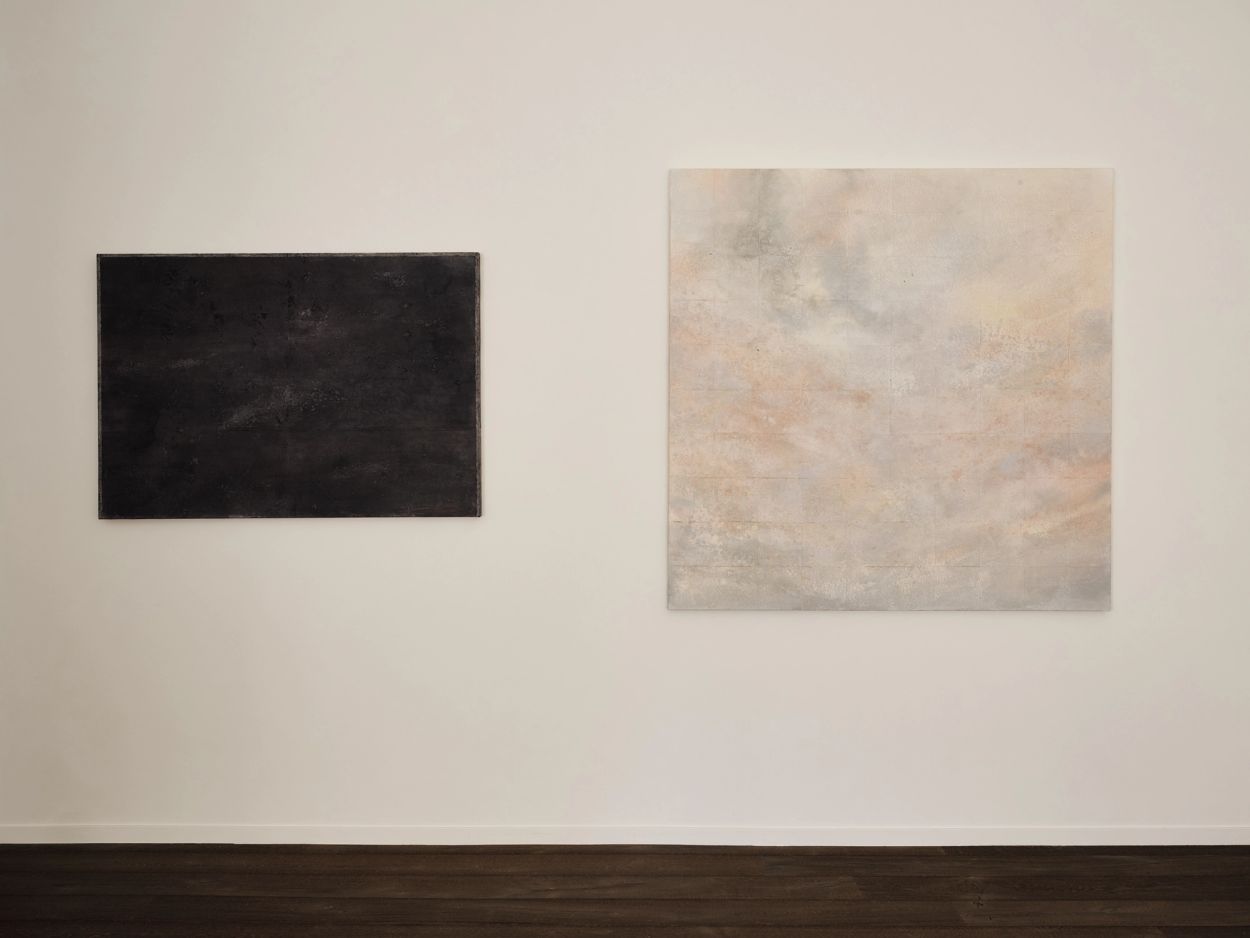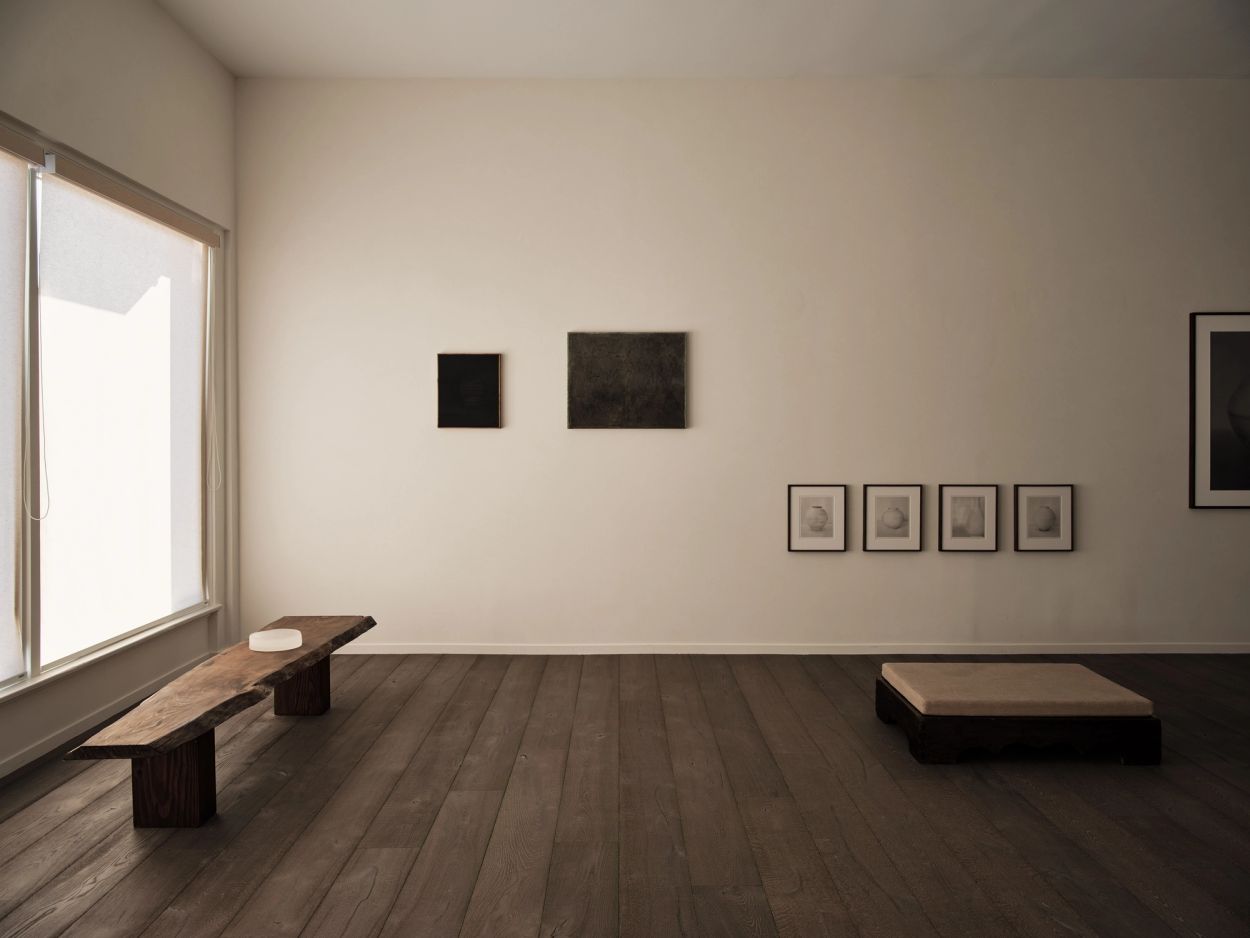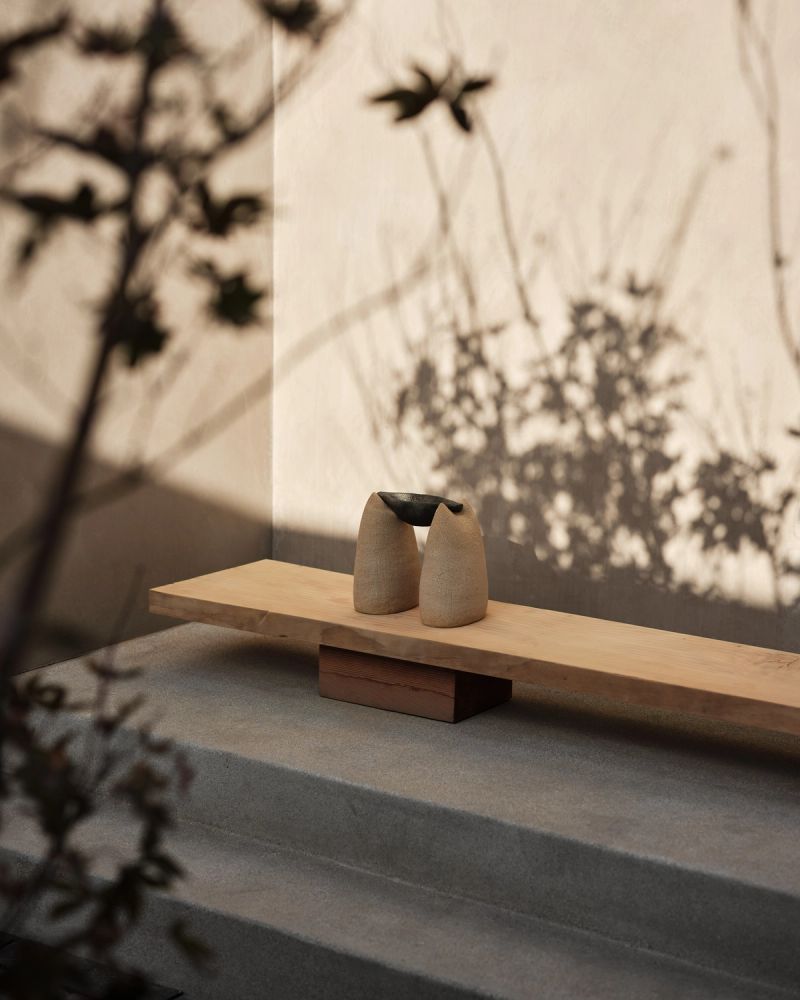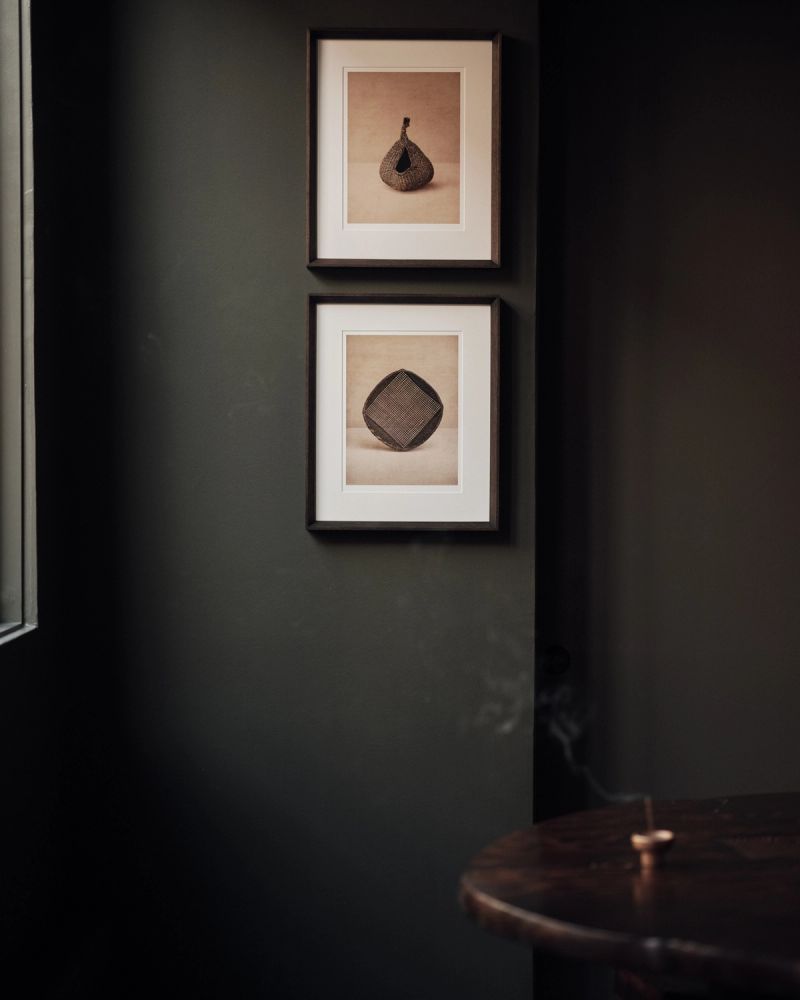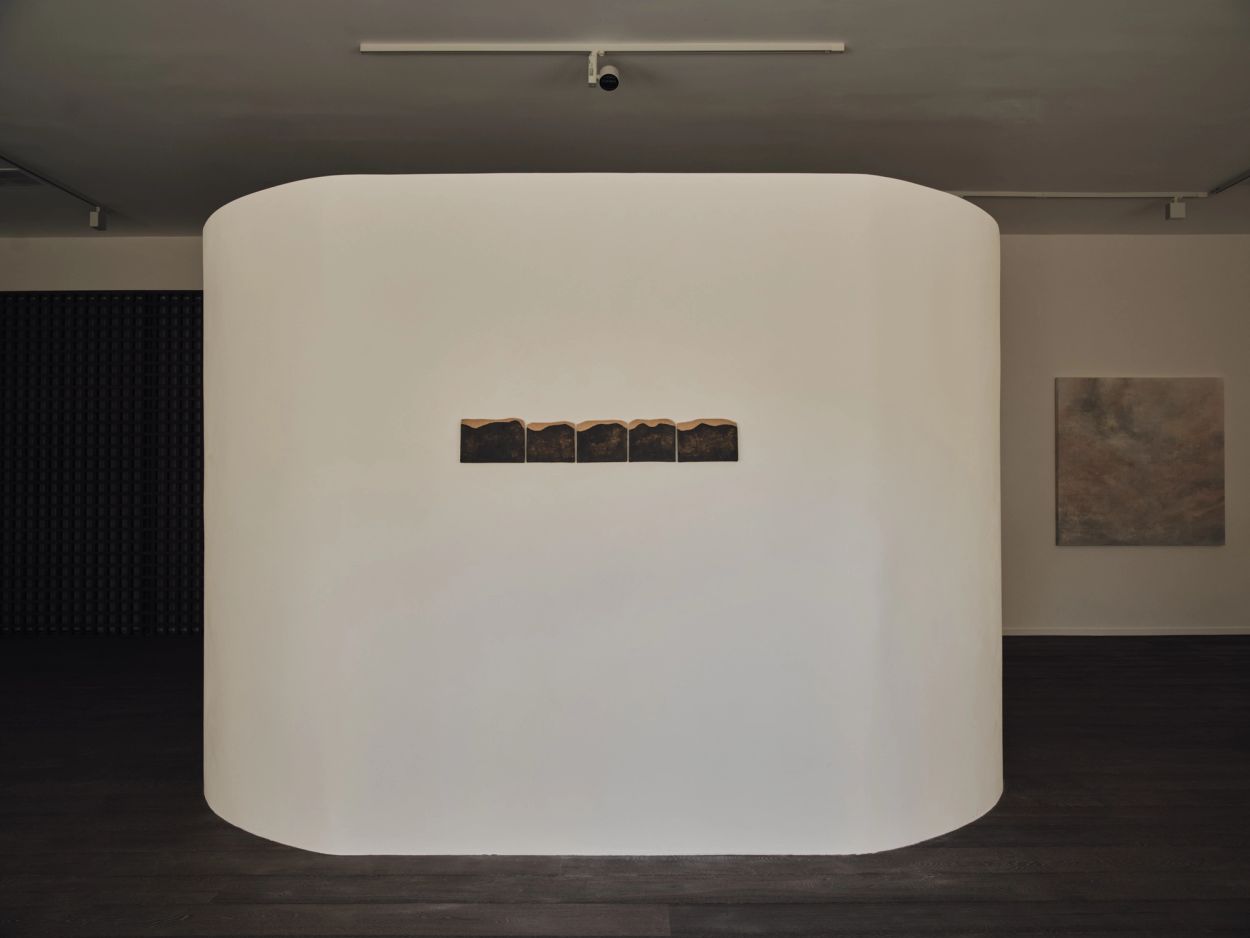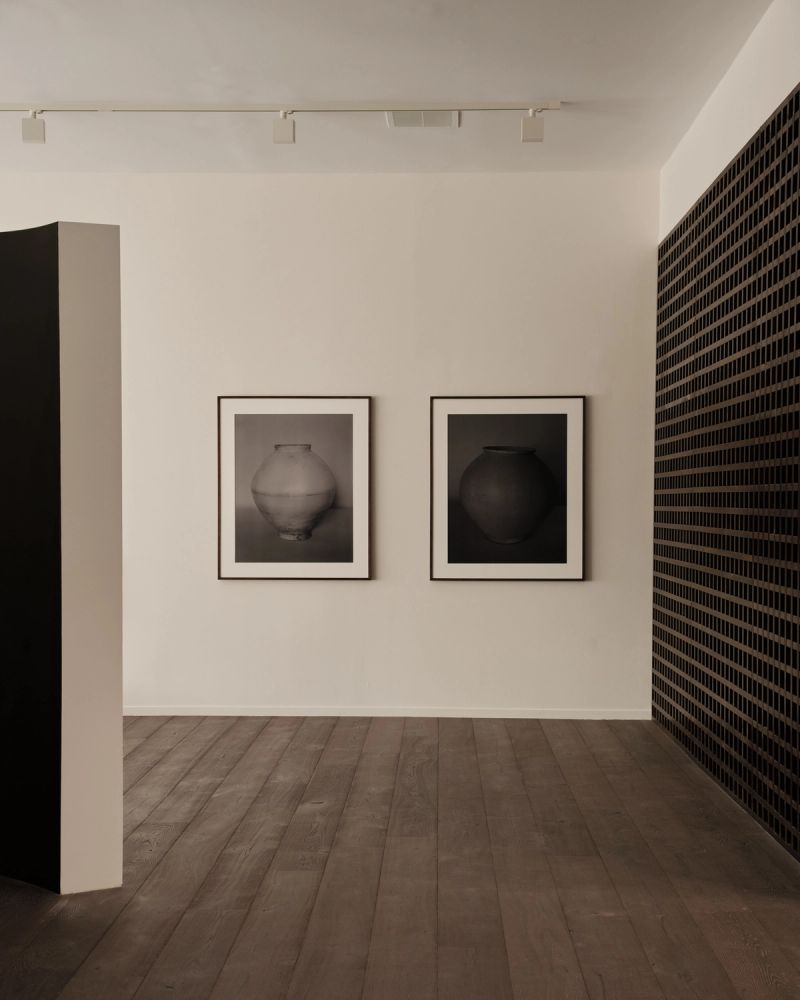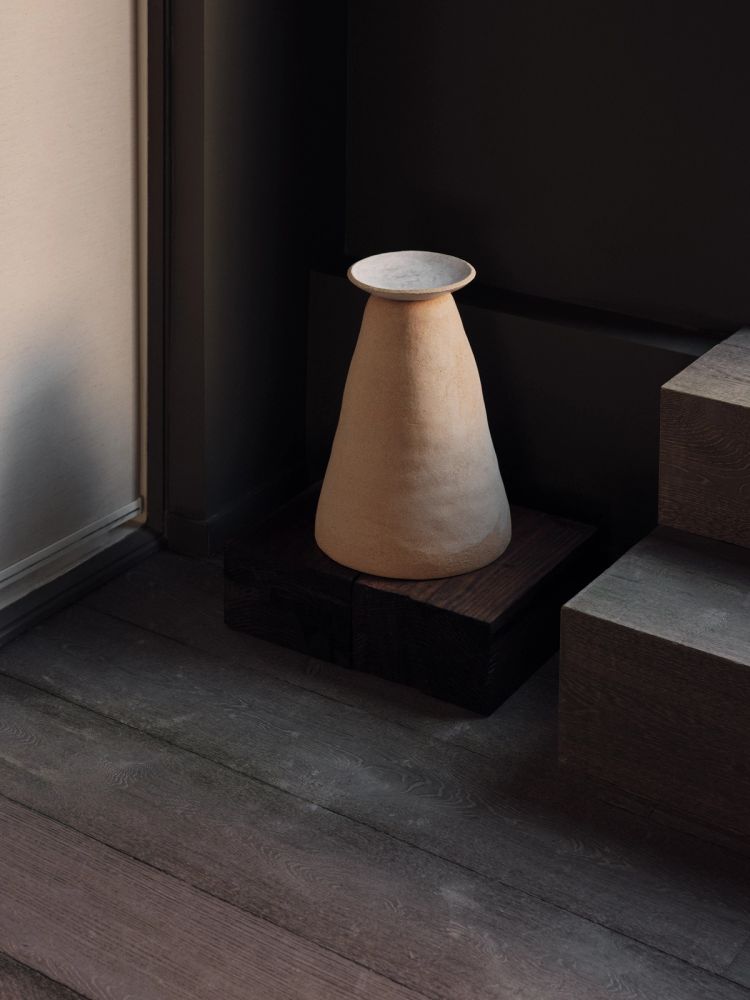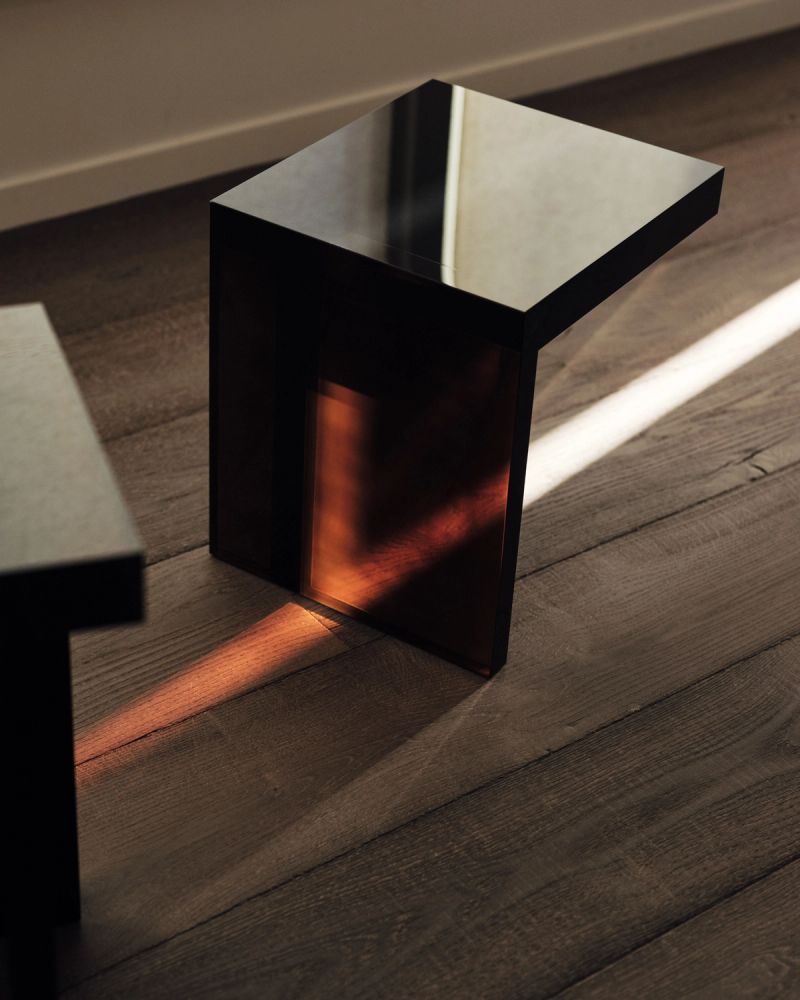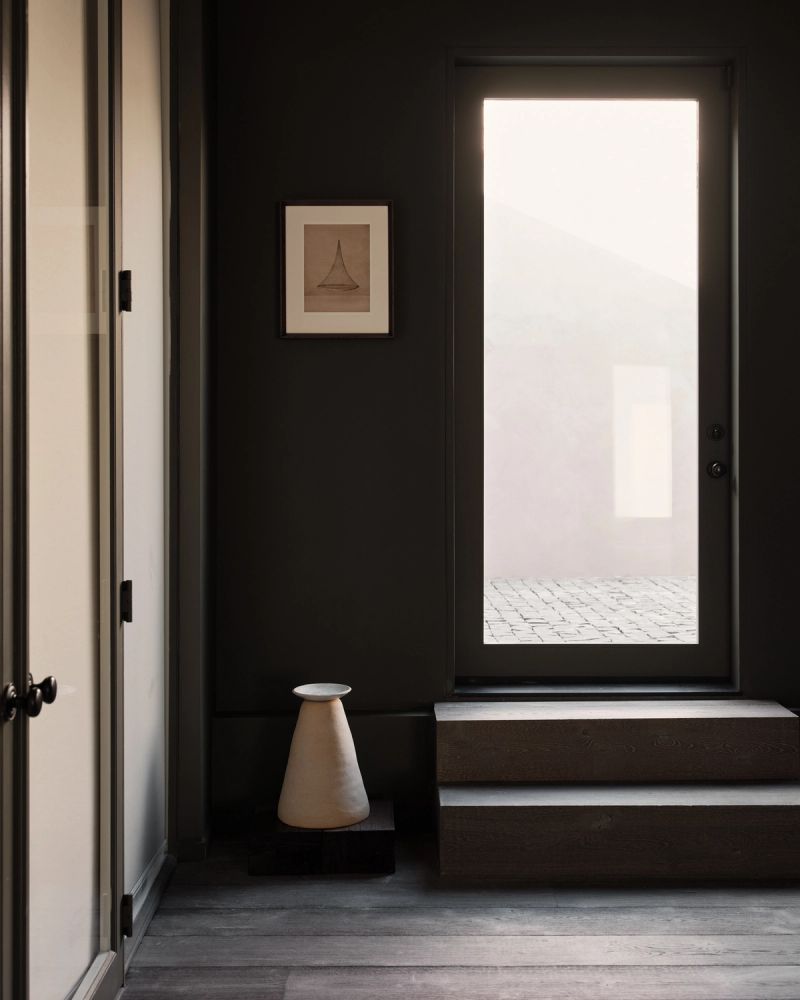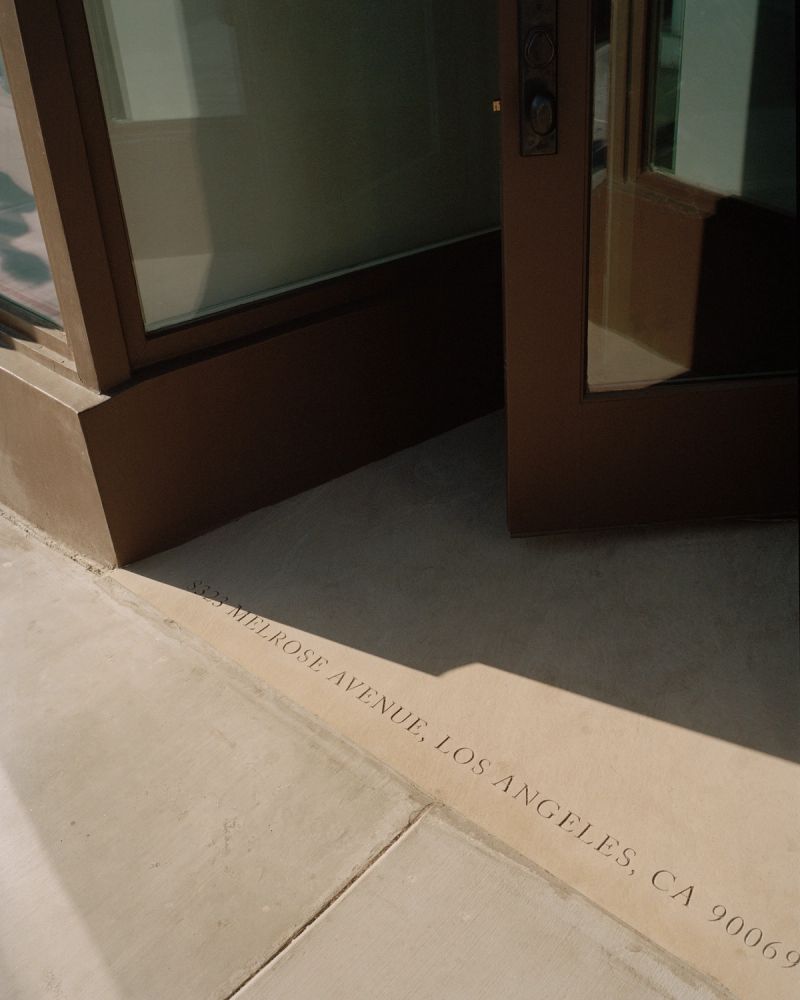Group Exhibition: Morning CalmOct 7, 2022 – Jan 7, 2023
Although Korea is known as ‘The Land of Morning Calm’, this name is a mistranslation. The result of ancient Korean, and its spoken dialects, haphazardly translated into Chinese characters many centuries ago, the sobriquet more faithfully speaks to the instability of meaning and its susceptibility to time and place. Francis Gallery’s inaugural show, Morning Calm, takes this ambiguity as a point of entry into the idea of Korea, and its multitudes. In the exhibition, six artists of Korean and Korean American descent explore Korea and Koreanness as composites of memory, imagination, history, and feeling. Produced by artists at different stages of their careers, working in both Korea and the United States, the artworks reinterpret traditional Korean objects, materials, techniques, and rituals in modern, hybrid expressions.
For Rosa Park, director of Francis Gallery, ‘morning calm’ also conjures questions about the slippery nature of cultural heritage. “How much of it is open to interpretation? All of it, perhaps,” she says. “This phrase leads me to a place where Koreanness is not something absolute, but rather a collection of personal beliefs, meanings, and values that is ever-changing and shape-shifting.”
In many works, the physical act of layering evokes the thickness of the past, in which the repetitive act of the hand becomes a meditation on change over time. In Song Jaeho’s quiet paintings, delicate lines against soft washes of color suggest the past’s spectral presence. “The space constructed in this way is expressed as a flat, layered background. The first layer of paint reveals itself through the layers and appears to be floating amongst the silhouettes and lines. By inverting the lowermost and uppermost layers of the paint, I create a different sense of depth while expressing the disorderly overlap of time,” he says. Bo Kim’s minimalist grid-like paintings are created by cutting thin squares of hanji, and layering them with sand on canvas. With multiple layers, the color of the hanji lightens and fades. These delicate sediments represent for her the recollection, and gradual dissolution, of emotions, thoughts, and events as they pass through her mind on a given day.
Rahee Yoon’s translucent acrylic blocks, infused with gradations of color, also employ an iterative process, a traditional Korean lacquering technique called ottchil, in which a refined brown tree sap creates a natural gloss finish after the application of many coats. “Ottchil uses a unique expression called blooming, in which the lacquer becomes clearer and deeper as time passes. As the material I am exploring is transparent, it is interesting to see the traces of the paint transmit light. At times, it feels like I am facing the ancient brown—which has been used for 2000 years—and transcending time,” she says. The procedure, in its negotiation of qualities like hard and soft, dark and light, embodies the same kind of contradictions that define Korea itself, she notes.
Alongside themes of accumulation and dissolution, the vessel emerges in the exhibition as a symbolic form for the preservation of memory and tradition. Koo Bohnchang, inspired by the regal simplicity of the yangban aristocracy during the Joseon dynasty, depicts the Korean moon jar in his photographic series, evoking the slow process of the waxing and waning of the moon. In another piece, he documents the tools that are part of the collection of the Onyang Folk Museum. “The disappearance of the Joseon Dynasty’s eye for beauty in the 20th century—through the Japanese occupation, Korean war, dictatorship, and rapid industrialization—is what I try to find in the objects I depict,” Koo says. Nancy Jiseon Kwon’s earthen water basins, constructed as a site-specific installation for the gallery, recall Buddhist cleansing rituals. Inspired by a memory of a gate in her grandparents’ rural home in Korea, they acknowledge meaning as highly local and personal, as well as evoking the nostalgia that accompanies separation from places of origin. “My grandfather explained to me how there are different ways to set the gate to mean different things,” she remembers. “I liked the idea of this object having its own language, just according to the way you place things.”
The ideas of loss and dislocation are poignant in John Zabawa’s bold paintings. “The older you get, the more you're curious about who you are, and where you come from, and want to piece those things together,” he says. His painting ‘Mother as a Morning Calm’ is a portrait of his Korean mother, who was not able to return to her home country for over 20 years. An abstract figure split in bands of warm red and blue, she is surrounded by negative space that seems to suggest what is lost in migration, and the silences passed down from one generation to the next.
In each of the works, the language of form—the meaning of material, pigment, and shape—attempts to retrieve a personal and cultural history. While these histories may never fully be accessed or represented, remaining partially enshrouded in the diffuse realms of time and memory, they may also be pulled into greater physicality through art: through the acts of painting, layering, documenting and molding, the past, if not regained, is at least glimpsed and remade.
Words
- Anya Ventura
Photos
- Rich Stapleton
Featured Works
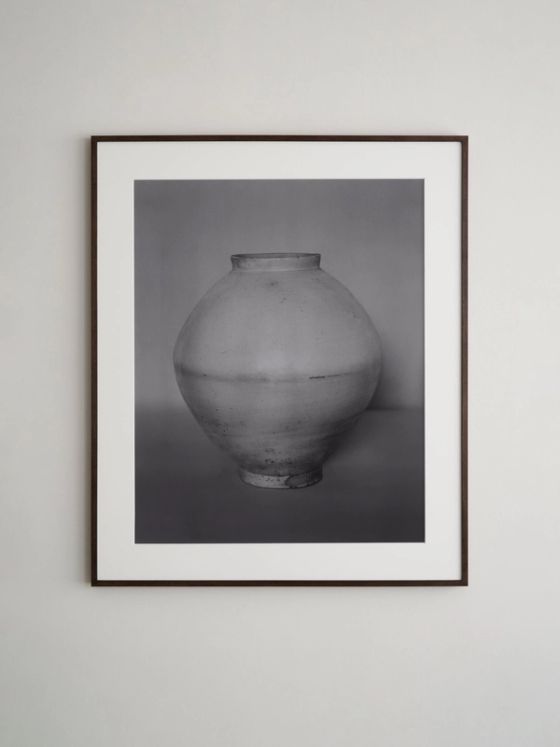
 LA Gallery
LA GalleryKoo BohnchangAM 10 BW , 2006
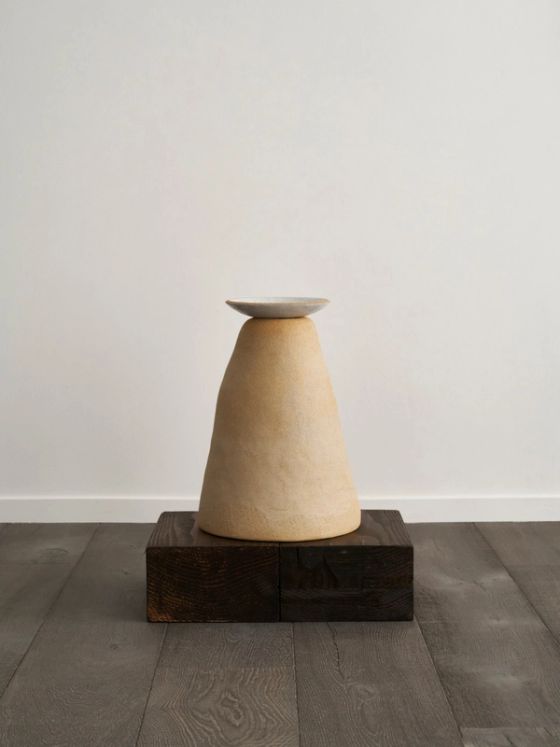
 LA Gallery
LA GalleryNancy Jiseon KwonPure Person , 2022
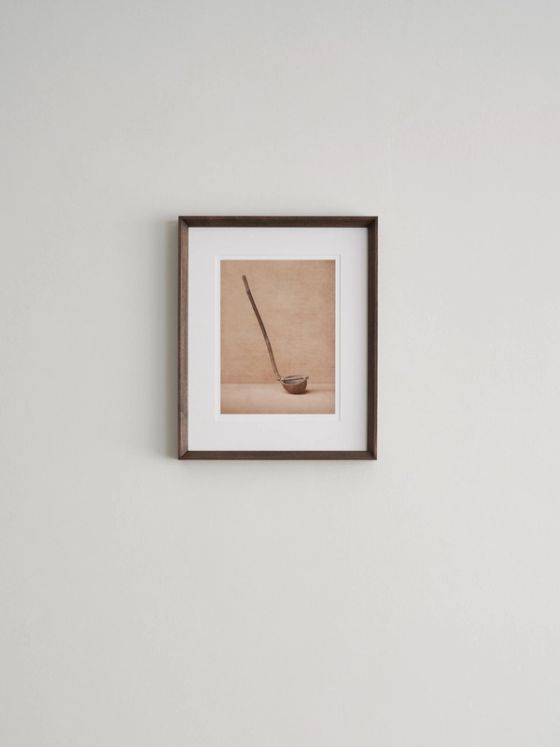
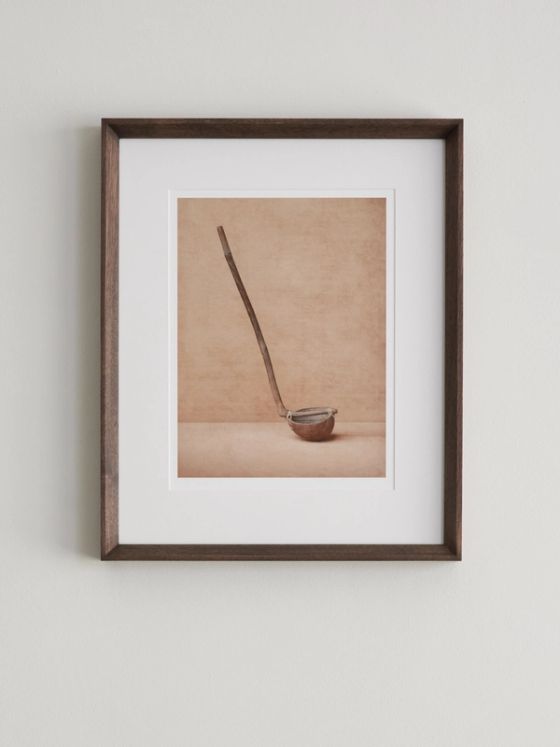 LA Gallery
LA GalleryKoo BohnchangOY 12-2 , 2018
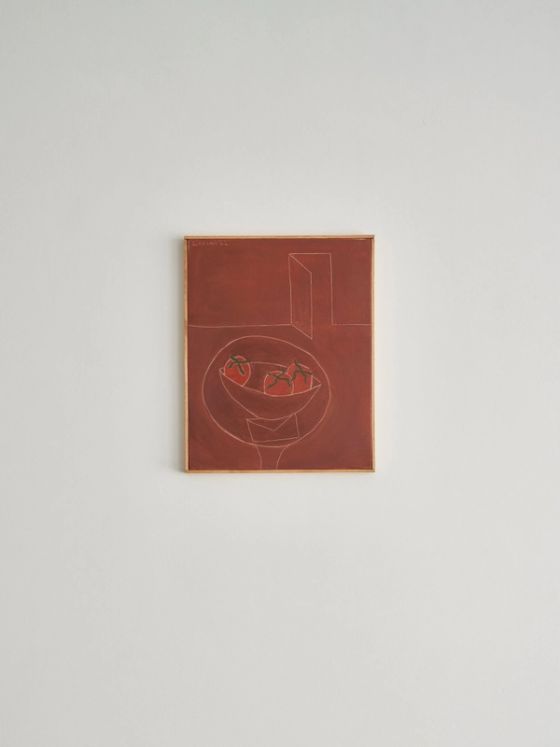
 LA Gallery
LA GalleryJohn ZabawaTomatoes for J.G., 2022
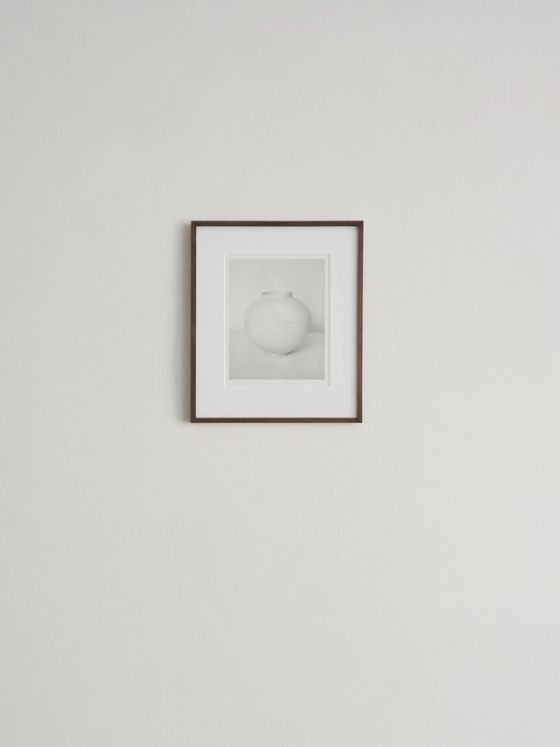
 LA Gallery
LA GalleryKoo BohnchangHA 11 BW , 2005

 LA Gallery
LA GalleryNancy Jiseon KwonWind, Water, Sand, 2022
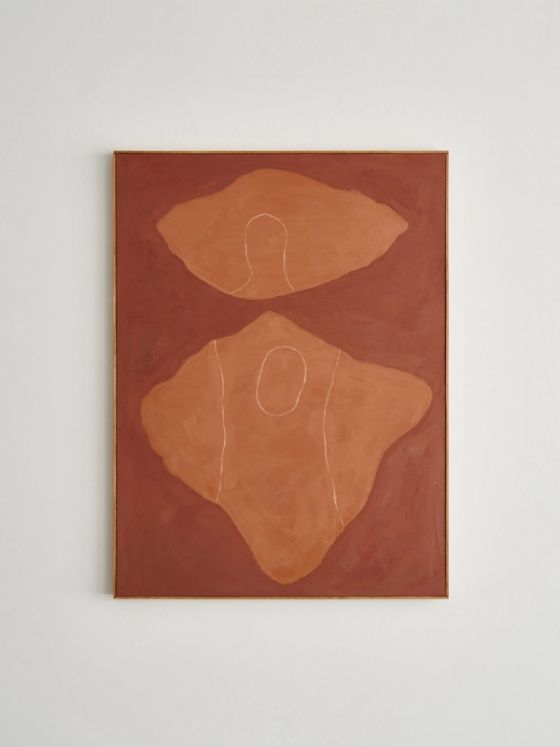
 LA Gallery
LA GalleryJohn ZabawaSelf-Portrait, 2022
Featured Artists
- Koo Bohnchang
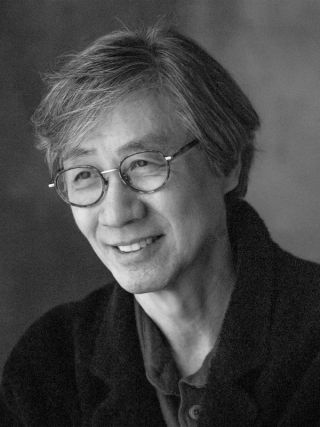
Koo Bohnchang dedicates much of his practice to capturing the passage of time. His celebrated series Vessels, taken over the course of 13 years, studies the frailty and beauty of Joseon-era baekja which Koo visited in major museums around the world.
- John Zabawa
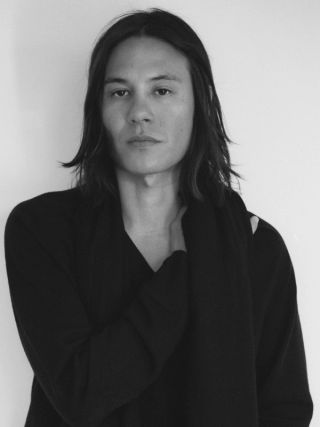
Spanning minimalist presentations and classical still lives, painter John Zabawa is not married to any school or style – instead, he seeks the best way to convey his message, to express something of himself and his process.
- Bo Kim
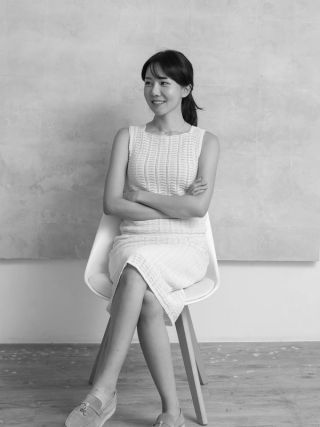
Kim lives and works in Seoul and studied at Rhode Island School of Design, gaining a BFA in painting and an MA in teaching. Her work celebrates imperfection, which, in Korean culture, implies respect for nature, honoring its natural forms.
- Nancy Jiseon Kwon
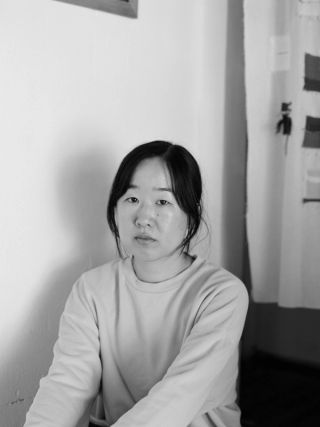
Nancy Jiseon Kwon creates ceramics, textiles and works in glass that are rooted in tradition and ritual. From ancient Korean stoneware and hemp burial gowns, to Etruscan votive offerings and Neolithic petroglyphs, her pieces are informed by a long tradition of ceremonial objects created from organic materials.
- Song Jaeho
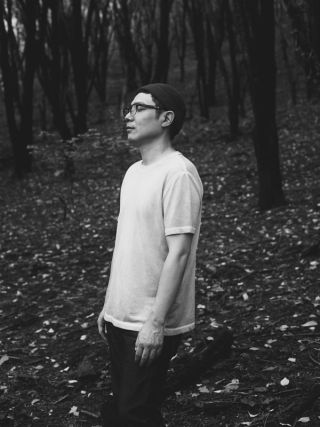
Song’s paintings make use of a range of materials, including gouaches, acrylics and oil. The works deal in various subjects – a sculpture he encountered in a store, the interior of a Japanese coffee shop, the silhouette of a mountain glimpsed while driving through a tunnel.
- Rahee Yoon
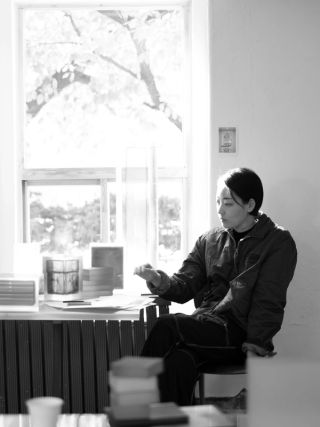
Yoon brings her experience in metalwork, textiles, ceramics, woodworking and resin-casting to create enigmatic objects that sit at the intersection of art and design. She studied arts and crafts at Sookmyung Women’s University in Seoul and opened her own studio in 2017.
Related exhibitions
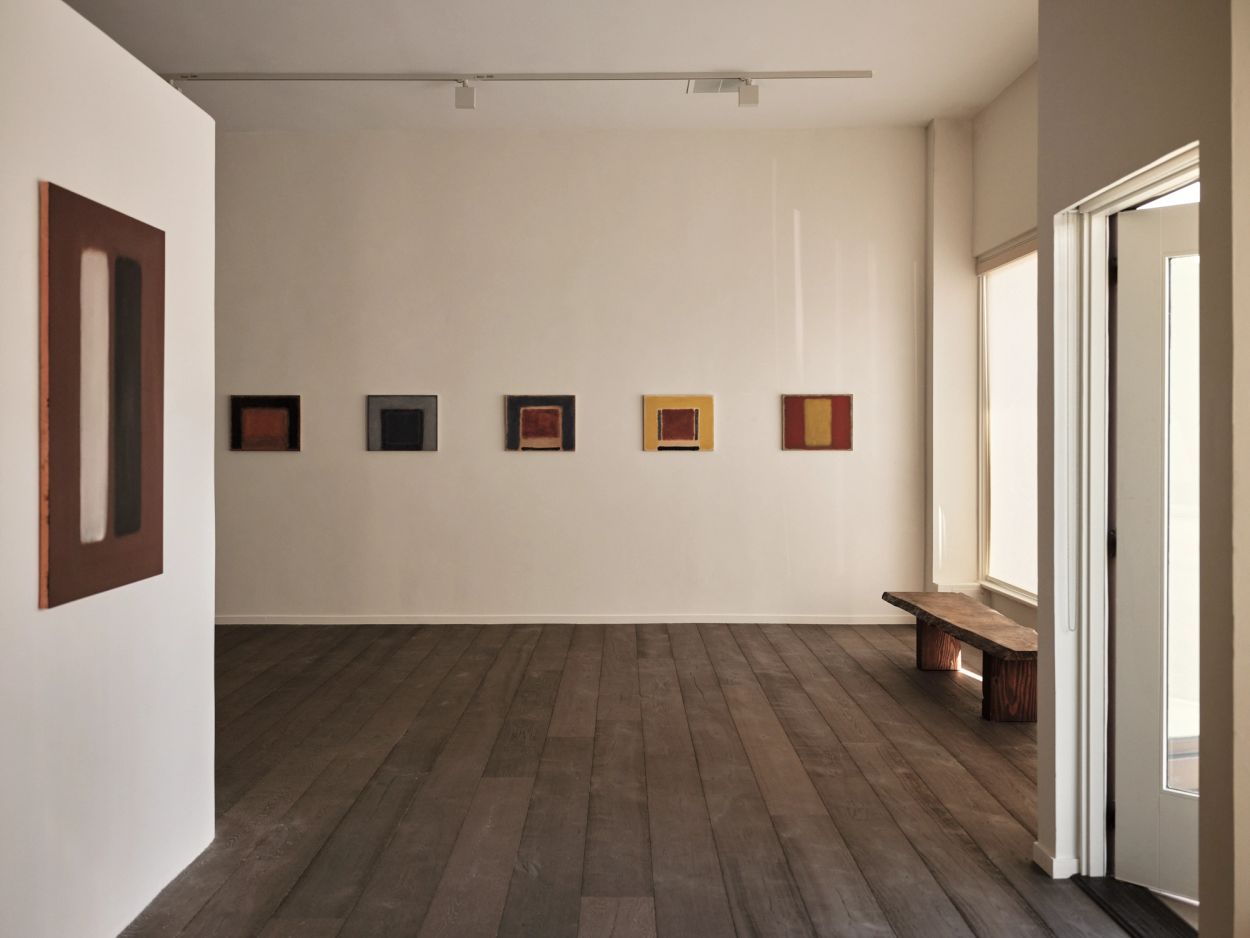
Illuminations can be both literal and metaphorical; one can illuminate with light or with knowledge. The latest body of work by the American painter, John Zabawa, developed out of this double meaning, their painted surfaces radiate outwards, their colours shimmering like the edges of the sun.
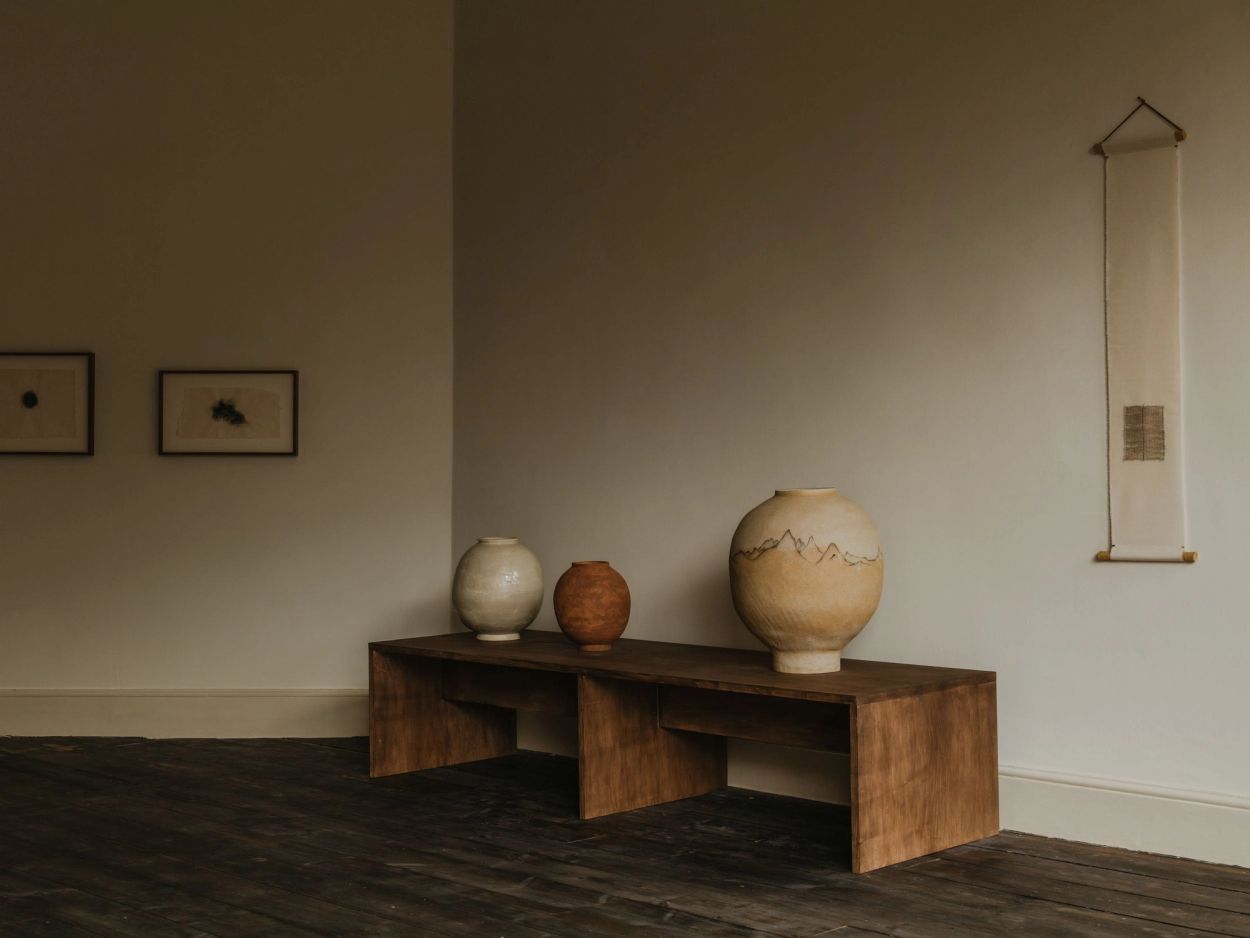
In Clear with Rising Mist, LA-based Nancy Jiseon Kwon explores the atmospheric, nostalgic and emotional potential of landscapes, particularly with reference to East Asian landscape painting and poetry from the 12th to 18th centuries, including the oeuvres of Song dynasty Chinese painter Xia Gui, Joseon dynasty Korean artist Jeong Seon, and Persian lyrical poet Hafiz. “I was thinking about the whole practice of landscape painting throughout East Asia – how travelling to beautiful landscapes created such an outpouring of creative expression that lasted centuries,” she says. “I’m intrigued by the idea of these artists observing the beauty of their surroundings and immortalising them through poetry and painting, in turn inspiring myths and nostalgic notions about the past. There was a movement towards unifying landscape, human form, and all elements of nature – I wanted to draw on this in my own pieces.”

It is a hot, late September morning—quite typical of early autumn in California, but still tangibly at odds with the deepening quality of the light. I thread between lived-in Echo Park residences to climb the narrow stairs to John Zabawa’s studio, a small converted two-bedroom house that fits neatly within the domestic vernacular of the neighborhood. A pot is boiling on the stove of the kitchenette to make a cup of tea. Somehow, this detail, however slight, feels essential to the context—the paintings that rim the rooms are small domestic scenes: a flower arrangement, a plant, a portrait of a friend, a plate of lemons, a bottle of wine flanked by two half-filled glasses. Perched on a disused radiator, a platter holds nine lemons, unfussily arranged, their peels beginning to tarnish slightly the way peels do when left to the elements.
